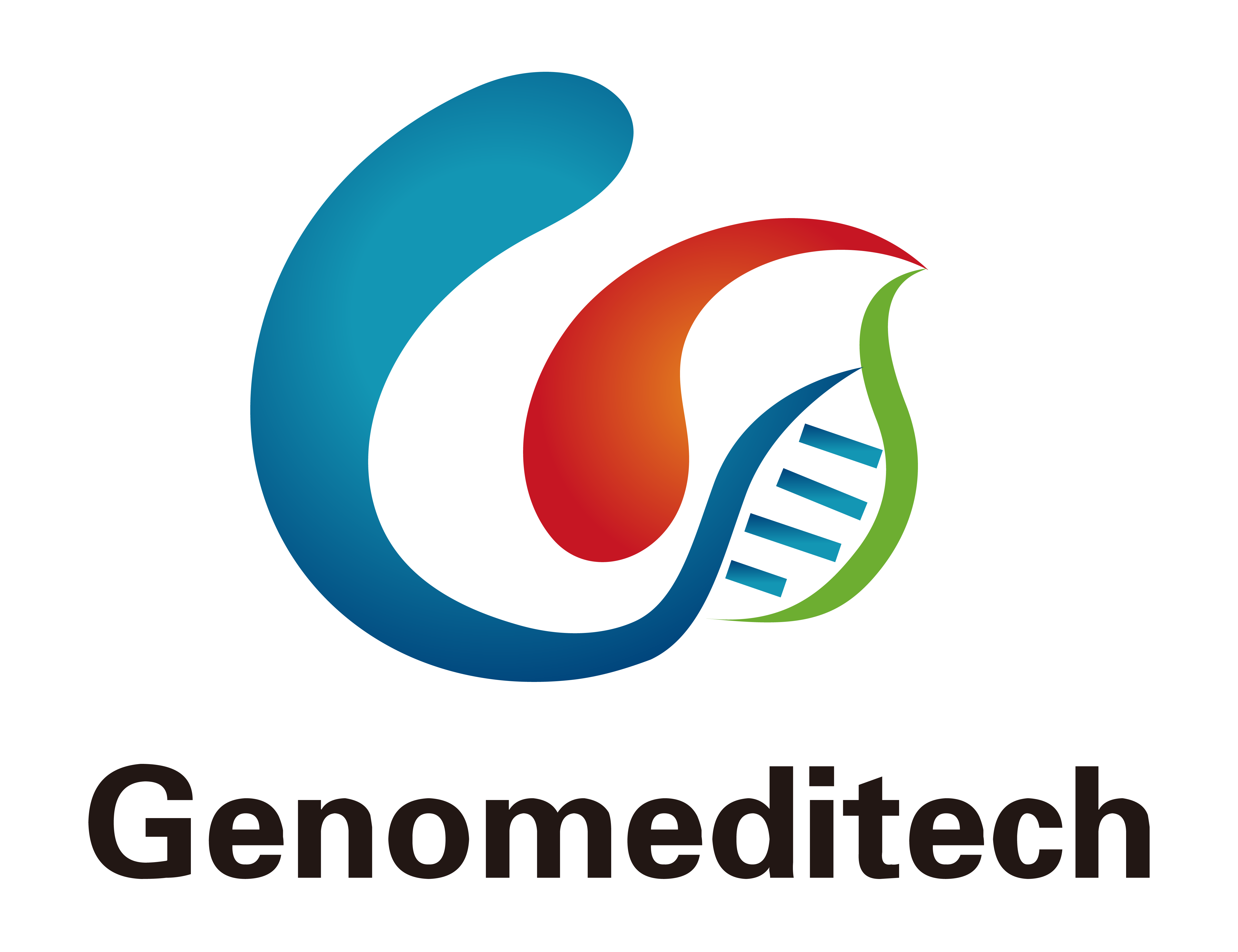TGF-β (Transforming Growth Factor-β) is a multifunctional cytokine family that plays a critical role in regulating cell growth, differentiation, apoptosis, migration, as well as tissue development and repair. Members of the TGF-β superfamily are essential in embryonic development, immune regulation, tissue homeostasis, and pathological conditions such as cancer, fibrosis, and inflammation.
1. Composition of the TGF-β Superfamily
The TGF-β superfamily consists of several subfamilies, including:
TGF-β Subfamily: TGF-β1, TGF-β2, and TGF-β3.
Bone Morphogenetic Proteins (BMPs): BMP2, BMP4, BMP7, etc.
Activins and Inhibins: Activin A, Activin B.
Growth Differentiation Factors (GDFs): GDF8 (Myostatin), GDF11.
Other Members: Nodal, Lefty, etc.
Genomeditech provides functional cell lines, overexpression cell lines, proteins, and antibodies related to TGF-β target. These resources support the activity validation of drugs targeting the TGF-β superfamily. Such tools enable researchers to better evaluate and optimize the development of TGF-β superfamily-related drugs, advancing their application in immunotherapy.

















